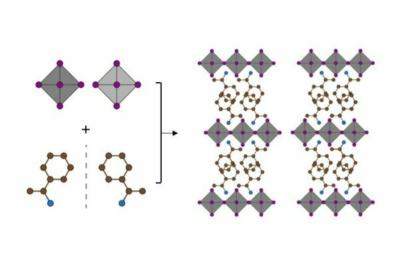Researchers develop a surface reconstruction method that enables four-terminal perovskite/silicon tandem solar cells with 33.10% efficiency
Researchers from Huaqiao University, Gold Stone (Fujian) Energy Company, Beijing Huairou Laboratory and Kunshan Shengcheng Photoelectric Technology have reported a four-terminal (4T) perovskite-silicon solar cell with a perovskite-based top cell, with an energy bandgap of 1.67 and lower surface defects.
Structure of the 4T perovskite/silicon tandem solar cells. Image from Nature Communications
The team integrated a wide-bandgap perovskite solar cell with a hybrid back contact device in a four-terminal tandem cell that achieves high efficiency and stability. The group used a new surface passivation strategy that reportedly helped gain the cell's strong performance.








